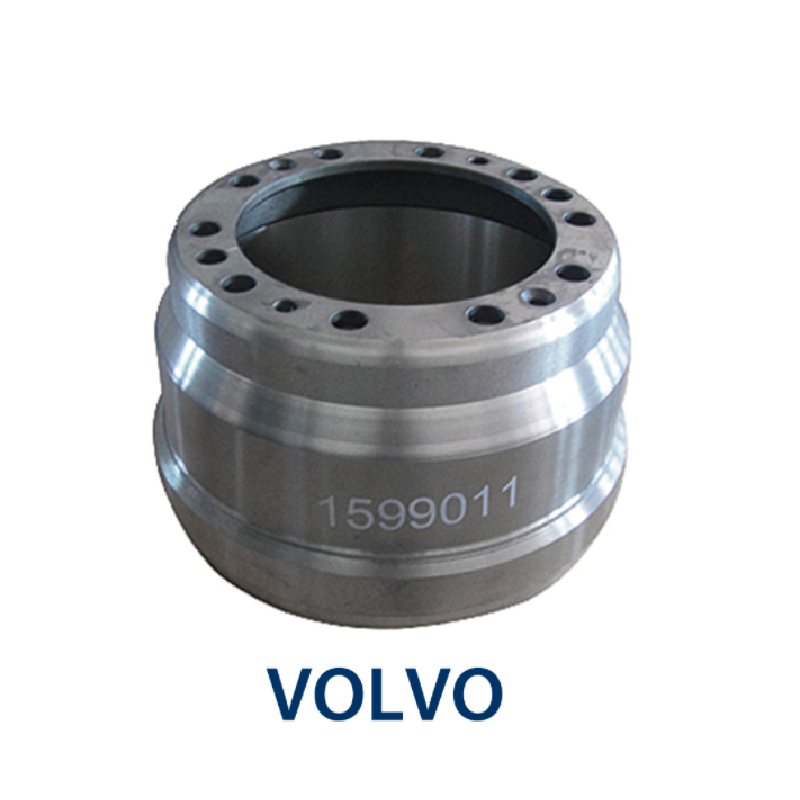Sep . 12, 2024 10:29 Back to list
High-Quality Semi Truck Brake Drums – Reliable Performance & Safety
Understanding Semi Truck Brake Drums
Semi trucks are essential components of the freight transportation industry, delivering goods across vast distances. One critical system in any semi truck is the braking mechanism, which ensures not only the safety of the driver but also that of other road users. Among the various components involved in braking systems, the brake drum plays a vital role.
What is a Brake Drum?
A brake drum is a cylindrical component that works in conjunction with brake shoes to create the friction necessary to slow down or stop a vehicle. In most semi trucks, the braking system is air-operated, utilizing air pressure to actuate the brakes. When the driver presses the brake pedal, air is released from the air tanks and directed to the brake chambers, pushing the brake shoes against the inner surface of the brake drum. This friction generates the stopping power needed to control the massive weight of a fully loaded truck.
Material and Design
Brake drums are typically made from cast iron or composite materials. Cast iron is favored for its thermal conductivity and strength, which allows it to dissipate heat effectively during braking. The design of the brake drum is also crucial; larger drums provide more surface area for heat dissipation and can handle more significant friction without warping. The inner surface of the drum is often machined to ensure a smooth and even contact area for the brake shoes, enhancing braking efficiency.
semi truck brake drum

Maintenance and Inspection
Regular inspection and maintenance of brake drums are essential for safe operation. Over time, brake drums can wear down due to constant use, leading to issues like cracking or warping. These conditions can compromise braking performance and safety, making it critical to check for wear and tear. Mechanics typically recommend measuring the thickness of the drum and inspecting it for any signs of damage. If a drum is found to be beyond its serviceable limits, it should be replaced promptly.
Signs of Brake Drum Problems
Truck drivers should be aware of several signs that may indicate issues with their brake drums. Unusual noises, such as grinding or squealing, can signal that the brake shoes are worn or that there is insufficient contact between the shoes and the drum. Additionally, if the truck pulls to one side when braking, it may indicate an uneven distribution of braking force, often due to drum wear or other brake component failures.
Conclusion
In conclusion, the brake drum is a crucial component of a semi truck’s braking system, ensuring safe operation under various conditions. Regular maintenance and inspection are vital to ensure that the brake drums function effectively. By understanding the importance of brake drums and recognizing the signs of potential issues, truck drivers can help maintain the safety and efficiency of their vehicles, contributing to safer highways and better transportation services. As the trucking industry continues to grow, the emphasis on safety and maintenance will remain paramount, ensuring that semi trucks can operate reliably on the roads.
-
HINO Industrial Solutions - ¡Ң���ຽ��е��������˾ | Advanced Efficiency&Customization
NewsJul.13,2025
-
HINO Industrial Efficiency Solutions - ¡Ң���ຽ��е��������˾
NewsJul.13,2025
-
HINO Industrial Solutions - ¡Ң���ຽ��е��������˾ | Advanced Technology&Reliability
NewsJul.13,2025
-
HINO Industrial Efficiency-Jiangsu Hino Industrial|Productivity Optimization&Cost Reduction
NewsJul.12,2025
-
HINO-¡Ң���ຽ��е��������˾|Advanced Industrial Solutions&Energy Efficiency
NewsJul.12,2025
-
Premium Brake Drum Iveco – Durable Drum Brake Drum & Brake Shoe Solutions
NewsJul.08,2025
